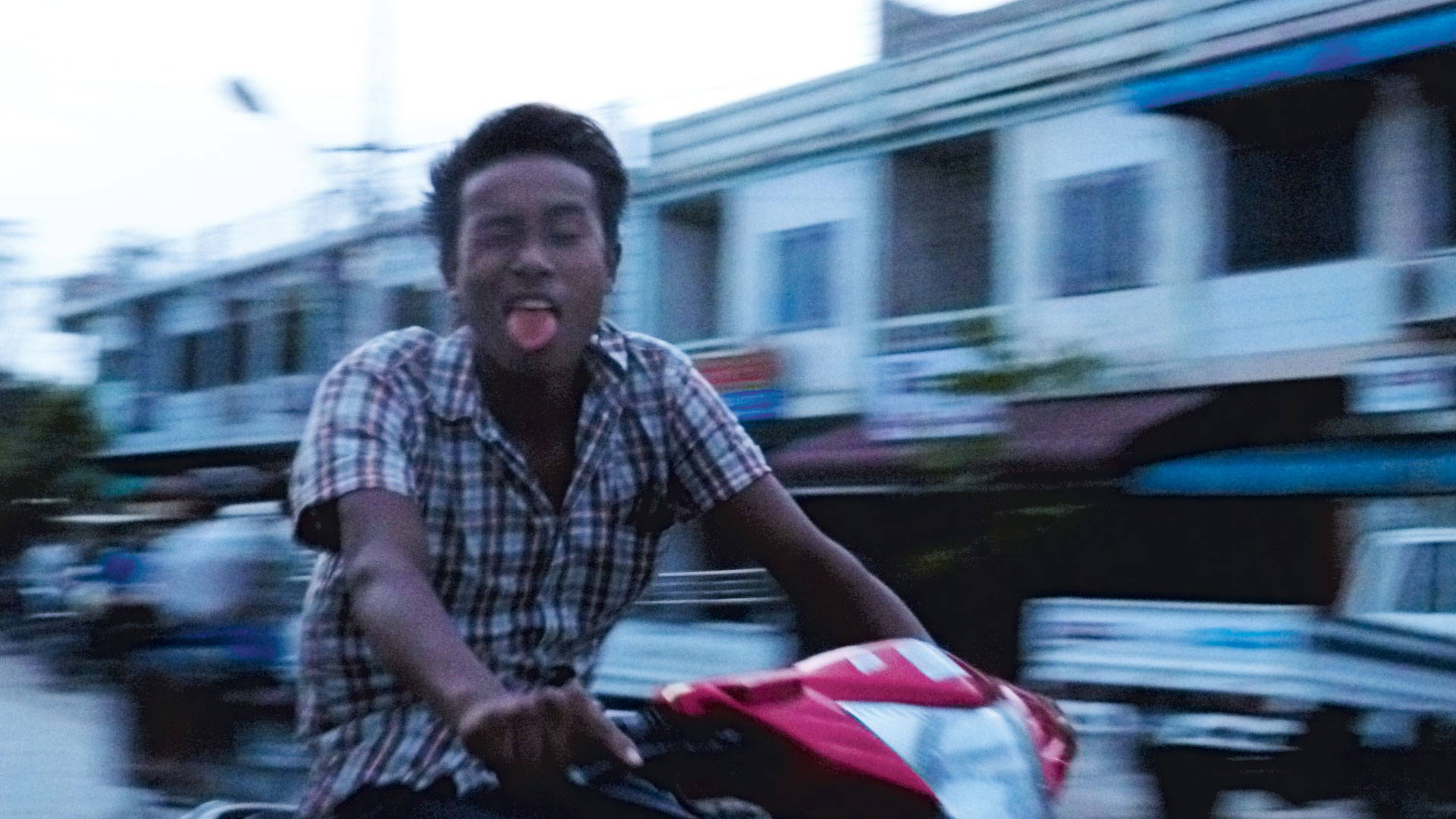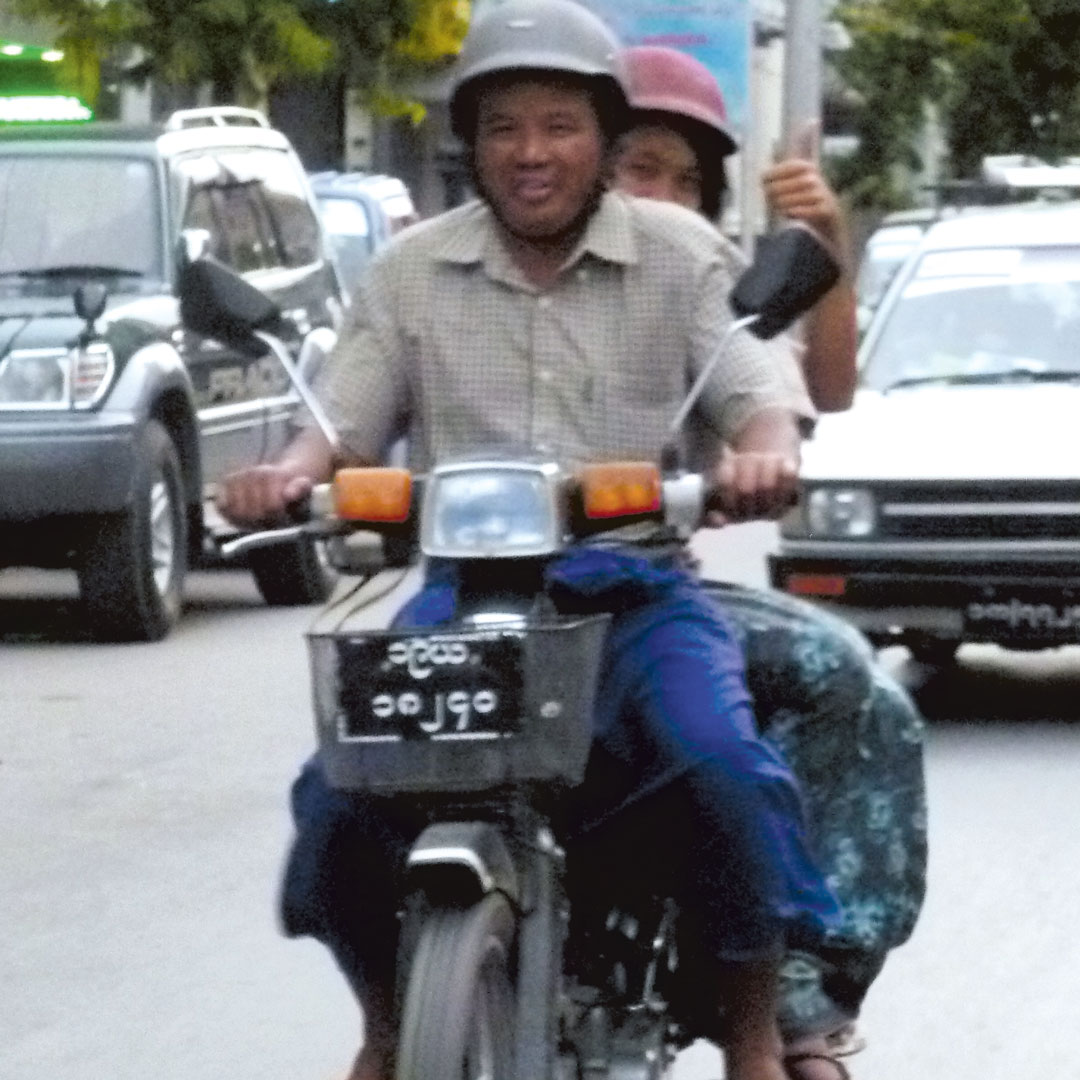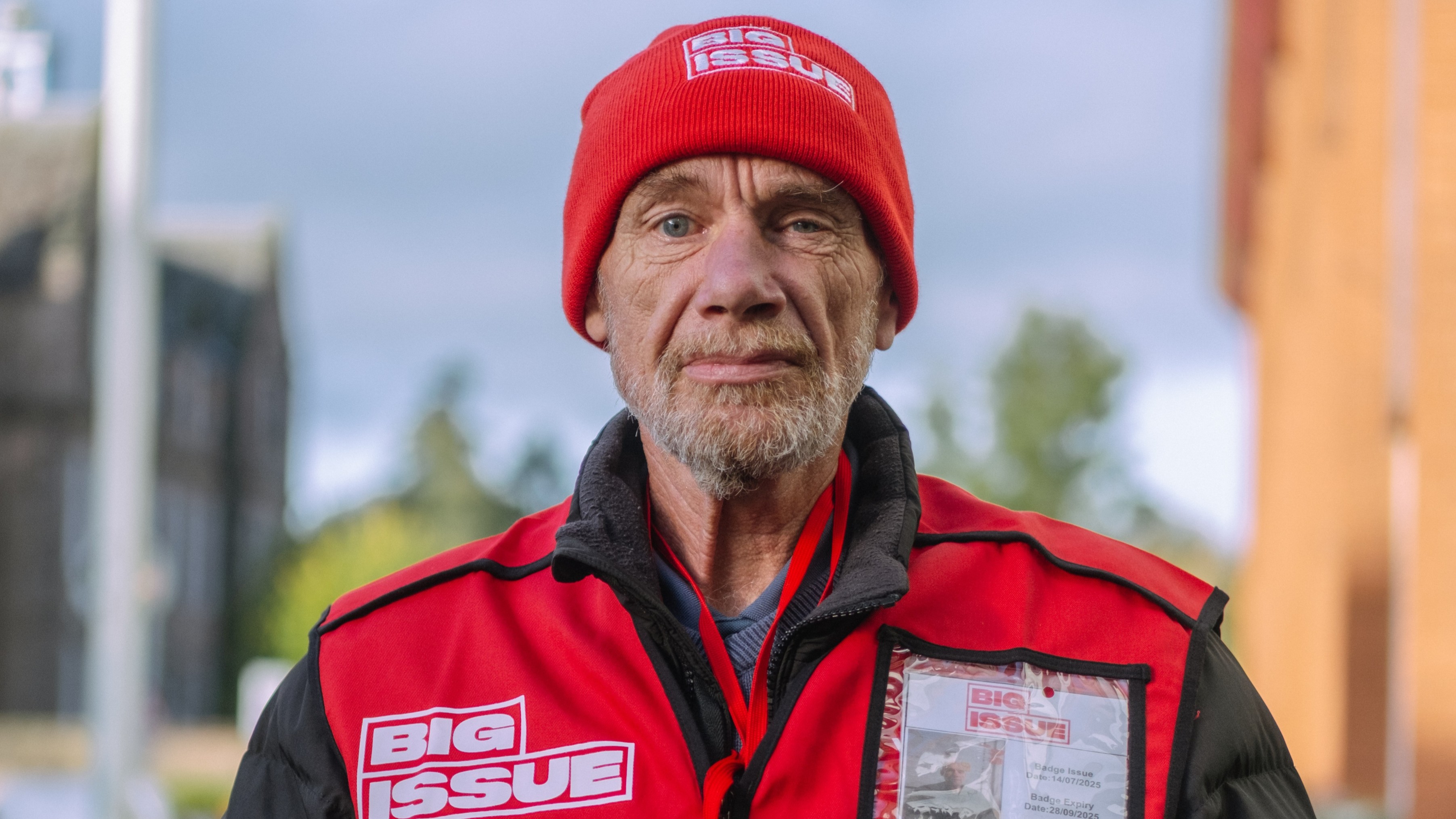I don’t recall the road to Mandalay as vividly as the journey from it.
In 2012, my friend and I were traipsing around Southeast Asia. Myanmar was just reemerging as a travel destination after years of a widely held boycott to stop the tourist dollar going into the military dictatorship’s pockets.
Get the latest news and insight into how the Big Issue magazine is made by signing up for the Inside Big Issue newsletter
Mandalay was our first stop. We did some temple-spotting, walked across the 1.2km-long, teak-built U Bein Bridge and watched a group come together to fell a particularly tricky tree. There was a boat trip across the Irrawaddy River to Mingun, where there’s the beautifully ornate, pearl-white Hsinbyume Pagoda, a 90-tonne bell and immense 50-metre-high stupa. Climbing to the top, you have to be wary of the giant cracks caused by an earthquake in 1839.

On departure we arranged an overnight bus trip to temple-studded Bagan, 200km southwest. Instead of a taxi, we were taken to the bus stop in the back of a pickup truck, exchanging waves with people zooming past us on scooters who’d smile or pull funny faces.
We were packed onto the bus; upturned buckets were laid down the aisle to fit in more passengers. Before setting off, everybody was handed a sickbag. The roads through Myanmar are twisty and largely unpaved. Travel sickness is common. The paper bag sadly wasn’t a help to the elderly man behind me who relieved himself (twice) from his seat. It took days for my Lonely Planet to dry out.







